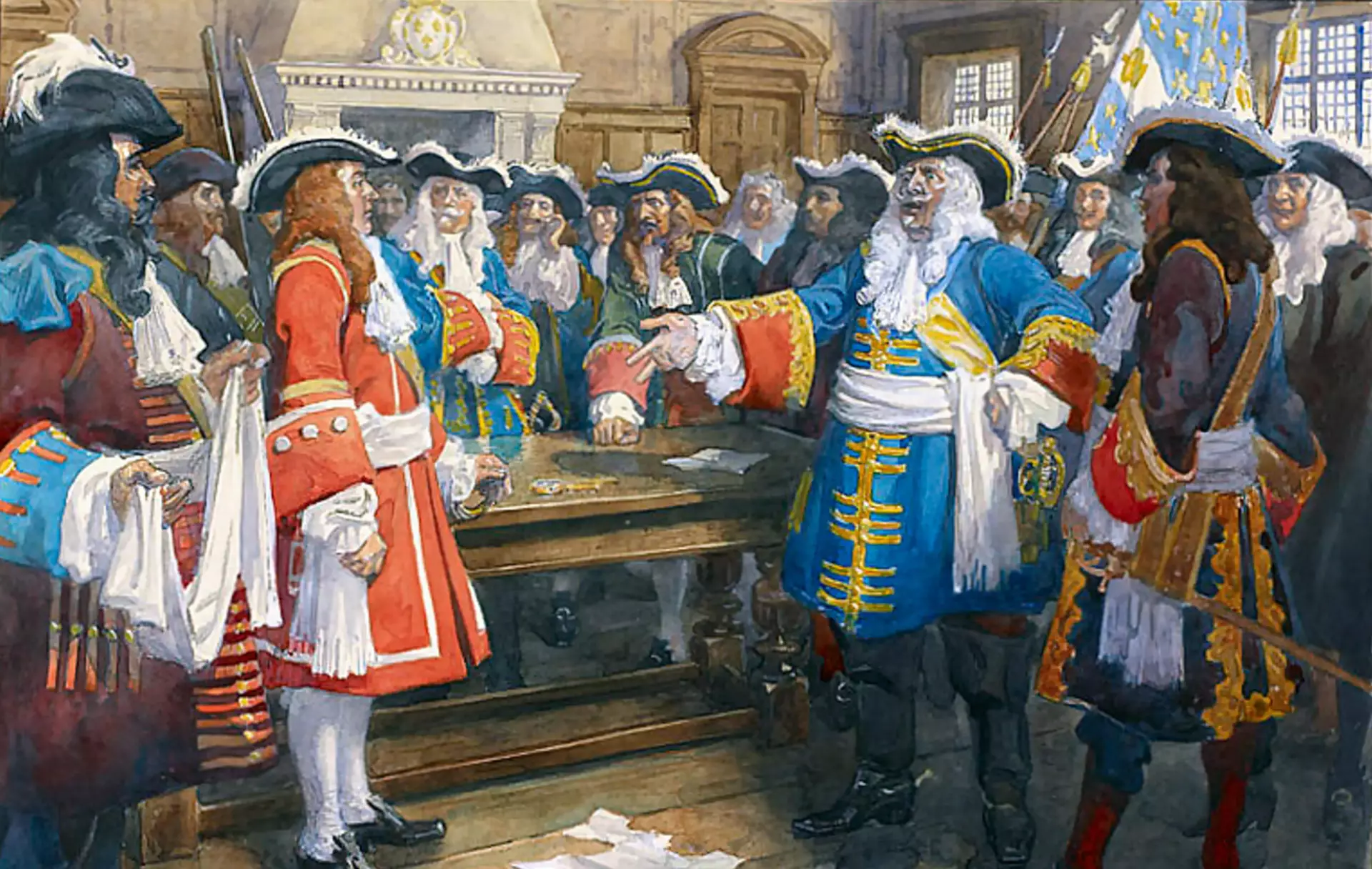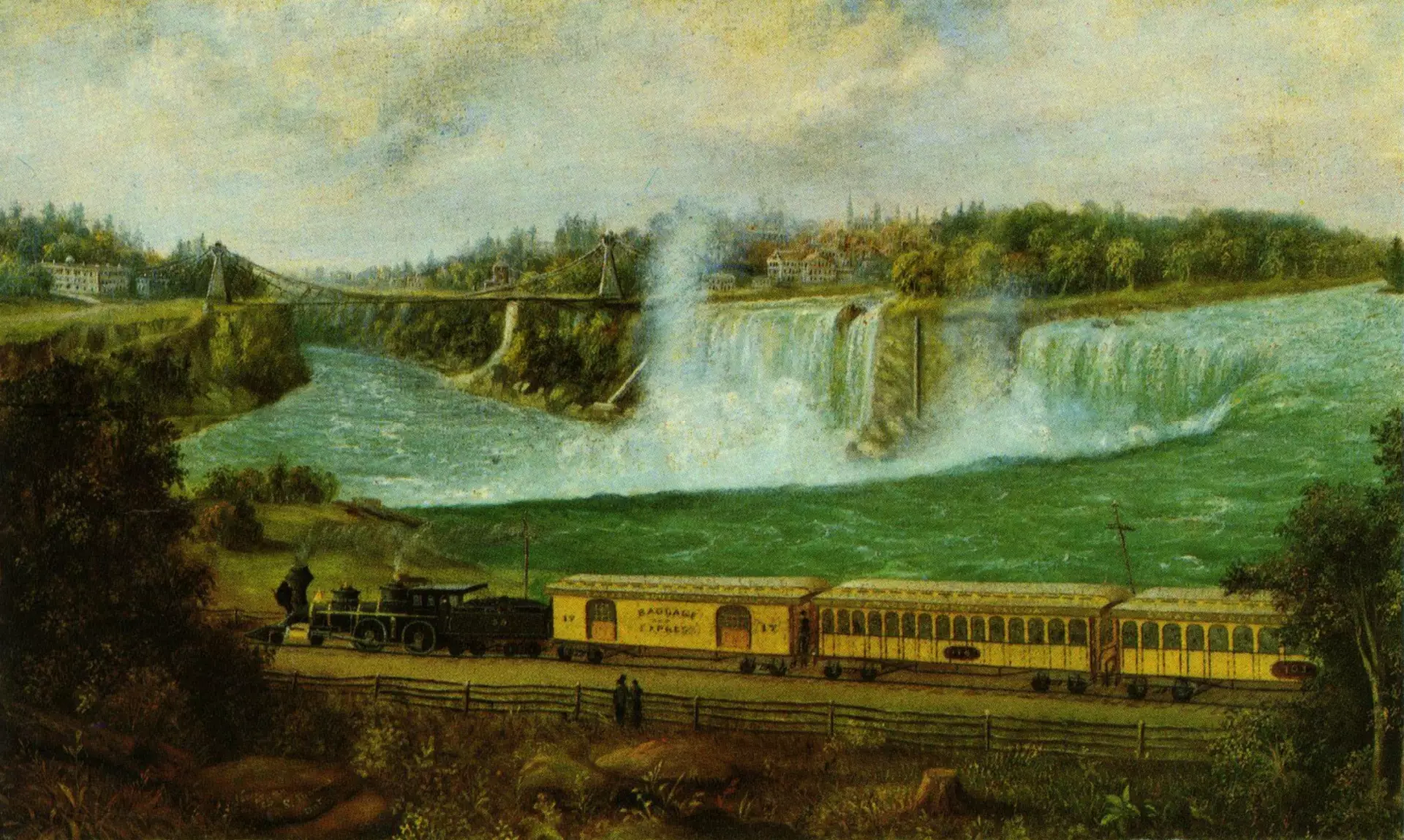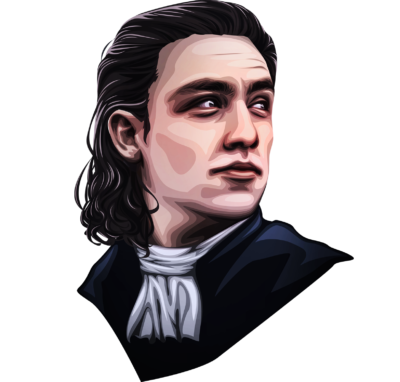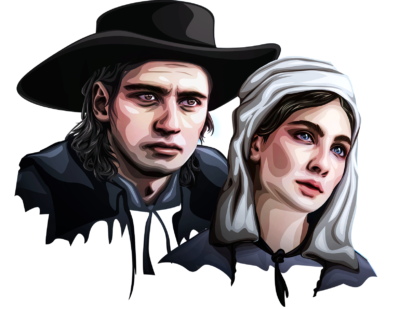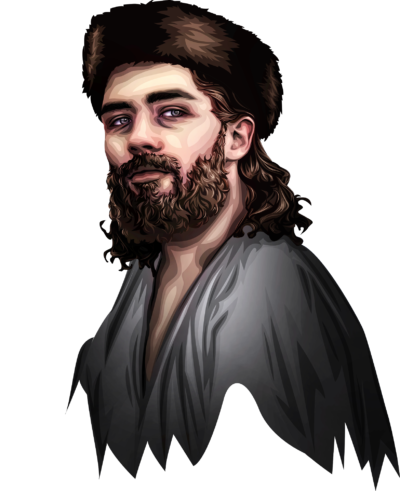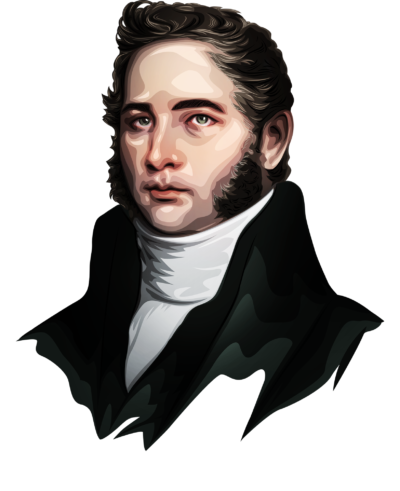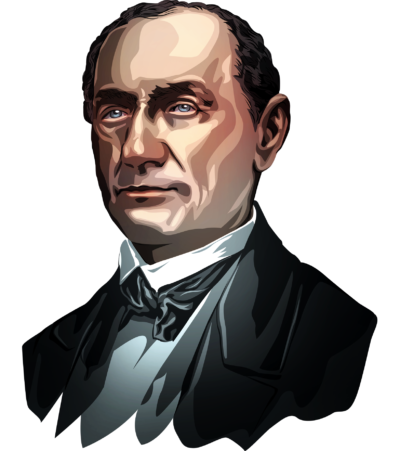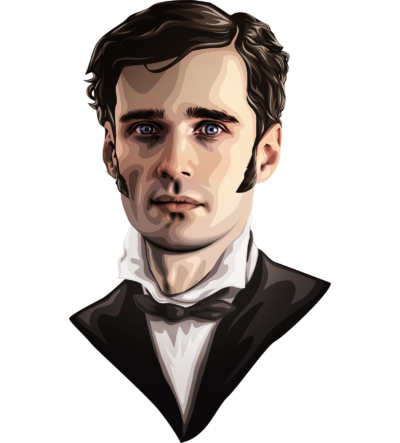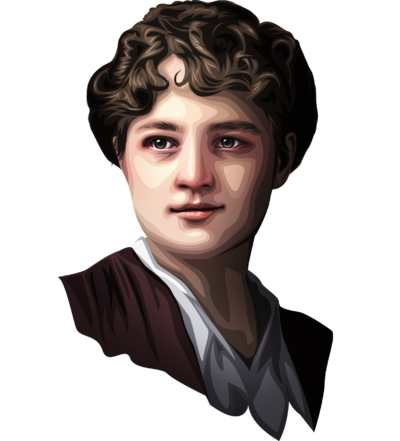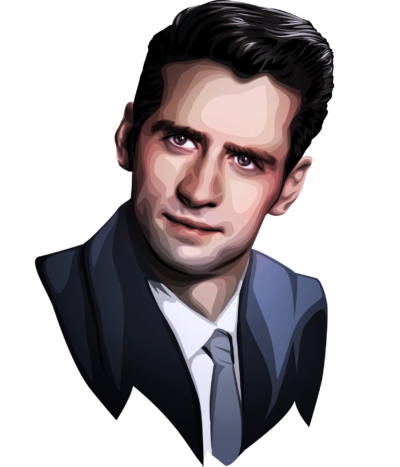Quebec Inc.
Conquering the world
In the early 1960s, the winds of change were blowing.
Quebec was emerging from the Great Darkness of the Duplessis era and throwing off the shackles of the Church.
But most large Quebec companies were still in the hands of anglophones. At a time when a fully bilingual French Canadian could aspire to a job as a foreman at best, a new generation rose up and chanted: “Masters in our own house!”
Everything became possible. Even conquering the world.

Aerial View of the Manic 5 Hydroelectric Dam in Manicouagan. Armour Landry, ca. 1968.

Quebec Liberal Party election advertising. 1960.
The communicator
Philippe II de Gaspé Beaubien
The man who went beyond


He was the director of Expo 67 and founder of Telemedia. He achieved mind-boggling success in the world of communications, developing business interests across the country. He bought newspapers, magazines and radio stations, building a media empire. He was a pioneer of satellite television and mobile telephony, a visionary and a driver of change.
The key to his success? Meeting his soulmate, Nan-b O’Connell, a brilliant young woman from Boston. Together, they were ready to take on the world.
On the shoulders
of giants
Philippe de Gaspé Beaubien II was born on January 12, 1928, in Outremont. He was the eldest in a family of six children. At the age of 12, he lost his mother, Lucille Mercier. His father, Philippe I, a wealthy businessman who was very involved in his community, sought solace in drink.

Philippe II de Gaspé Beaubien, as a child. n.d.

Philippe II de Gaspé Beaubien, with his brothers and sisters. n.d.
Philippe took comfort in the stories told to him by his great-grandmother, Suzanne-Lauretta Stuart, whom everyone called “ Mamère.” A descendant of Charles Aubert de La Chesnaye and Philippe Aubert de Gaspé, she passed on to him her passion for genealogy and history.
A VOCATION . . .
IN BUSINESS
His father was an organizer for the Liberal Party in the county of Outremont. Important political figures spent time at his home, including Louis St-Laurent and Mackenzie King. Philippe was top of his class, commanding officer of the Cadets Corps, and vice-president of Jeunesses étudiantes catholiques.

Louis St. Laurent. George Nakash, ca. 1948-1957.

William Lyon Mackenzie King, prime minister of Canada. Yousuf Karsh, 1942.
“I had inside me a desire to excel and obtain my father’s approval. Which I never got. When he was dying, I visited him in hospital every day, but not once did he say he loved me. I had an innate desire to excel, but what I really wanted was for my father to say to me: ‘You did a good job. I’m proud of you.’”
At a time when young men from good families studied law or medicine, he knew he wanted to be an entrepreneur. It was not an admired vocation in Quebec at the time.
IN A CANOE, LIKE HIS ANCESTORS
At 18 years, inspired by the courage and tenacity of his ancestors, he travelled by canoe all the way to New York. Departing from Montreal, he crossed Lake Champlain and Lake George. Over 600 km in 12 days!
The newspapers covered the exploit. It was a defining moment for him, revealing his determination and media instincts.

Philippe II de Gaspé Beaubien and Raymond de Tremblay. 1946.
“I wanted an article to appear in a paper so my father would see I’d managed to get to New York. Otherwise he wouldn’t have known. I’m not sure he even knew I’d left.”

HARVARD BUSINESS SCHOOL OR NOTHING!
View of the Harvard campus. 1954.
In 1950, Philippe joined Pierre Elliott Trudeau, a neighbour nine years his senior, on a road trip to Harvard Business School. It was an eye-opening moment for Philippe: that is where he would continue his studies.

Pierre Elliott Trudeau. ca. 1941-1943.
During his interview at Harvard Business School, he said:
“I’d like to do something for my people. I want to honour them, and I’ll succeed.”
What if he wasn’t accepted?
“Then I’ll apply again. And again, if I have to, until I’m accepted. This is where I want to study.”
He worked hard and was one of the top students in his cohort.

Graduation from Harvard. 1954.

Philippe II de Gaspé Beaubien. n.d.
ANAM CARA: HIS SOULMATE
In the restaurant of the Snow Inn in Cape Cod, he met a charming young woman named Nan-b. It was love at first sight.

Nan-Bowles O’Connell. La Ruelle Films, 2023.
An entrepreneur in the making
Philippe was destined to take over the family business that bore his name, Philippe Beaubien & Cie. But conflicts with his father made that impossible. Encouraged by his wife, the young man decided to fly solo.

Philippe Beaubien & Cie. 1932.
He still had to learn to fly. And build solid wings. He got his start in advertising with Dominion Corset, McCain, followed by General Foods. On a roll, he founded his own company, Distribution Beaubien, which he later had to sell. He learned some hard lessons and had a few forced landings.
But he built his reputation and charted his way forward.
DIRECTOR OF EXPO 67
In 1964, Robert Shaw offered him the position of director of operations for the world’s fair in Montreal, to be held in 1967. Three years from its opening, a computer at Stanford University predicted the project would never be completed on time. It was at that precise moment that Philippe de Gaspé Beaubien showed his immense talent. With his tough-minded team, he made Expo 67 “the most successful world’s fair of all time.”

The “Mad Men”. La Ruelle Films, 2017.
TELEMEDIA, OR THE ART OF PERSUASION
After the triumph of Expo 67, the job offers flowed in. And not just any jobs. Senior management at Radio-Canada. Director of a real estate project on Nuns’ Island. Prime Minister Lester B. Pearson urged him to pursue a career in politics. But the former director of Expo 67 wanted above all to found his own company.

Lester B. Pearson. 1957.
The entrepreneur Paul Desmarais suggested he direct Telemedia Inc., a radio and TV conglomerate whose flagship station was CKAC. He agreed, on one condition: that he could buy the company’s shares.

Télémédia. 1986.
BUILDING AN EMPIRE
How do you buy a chain of radio stations when you don’t have the cash? Enter Philippe de Gaspé Beaubien, the master of persuasion.

Philippe de Gaspé Beaubien. Gaby Desmarais, 1973.
In 1970, he invested only 3% of Telemedia’s share capital, yet was able to obtain 85% of the votes. He now owned 11 radio stations, CKAC, and the world. Or at least Quebec . . . for the time being.
“A mind-boggling deal”
— Charles Lazarus in the daily The Gazette.
“A public empire for a song,” read the headline by Claude Ryan in Le Devoir.

A public empire for a song. Claude Ryan, 1970.
Philippe had succeeded. “After 13 years, I finally had my own company. Never give up!”
GET ACTIVE!
In 1971, Pierre Elliott Trudeau approached him. A study had revealed that Canadians were not in the best health. Philippe de Gaspé Beaubien founded ParticipACTION.
Philippe started getting in shape himself. He and his wife took up jogging.

ParticipACTION. ca. 1969-1972.
AHEAD OF THE COMPETITION
The new team put CKAC and the other radio stations on the map. New music, a catchy slogan and a true innovation: they aired the news 15 minutes before the hour to get ahead of the competition.
The station also broadcast play-by-play commentary on Expos baseball games.

Association of CKAC with the Expos. 1971.
After acquiring several Quebec radio stations, Philippe de Gaspé Beaubien bought others in Ontario, causing an outcry among his anglophone competitors.

CKAC 730 AM. ca. 1990.
LOOKING FURTHER AFIELD
“When you’re an entrepreneur, it’s in your blood. You want to expand. And you can expand with others’ resources, not just your own.”
The businessman heard about the sale of the Canadian edition of the most popular weekly publication at the time, TV Guide, which belonged to the former US ambassador to England, Walter Annenburg.
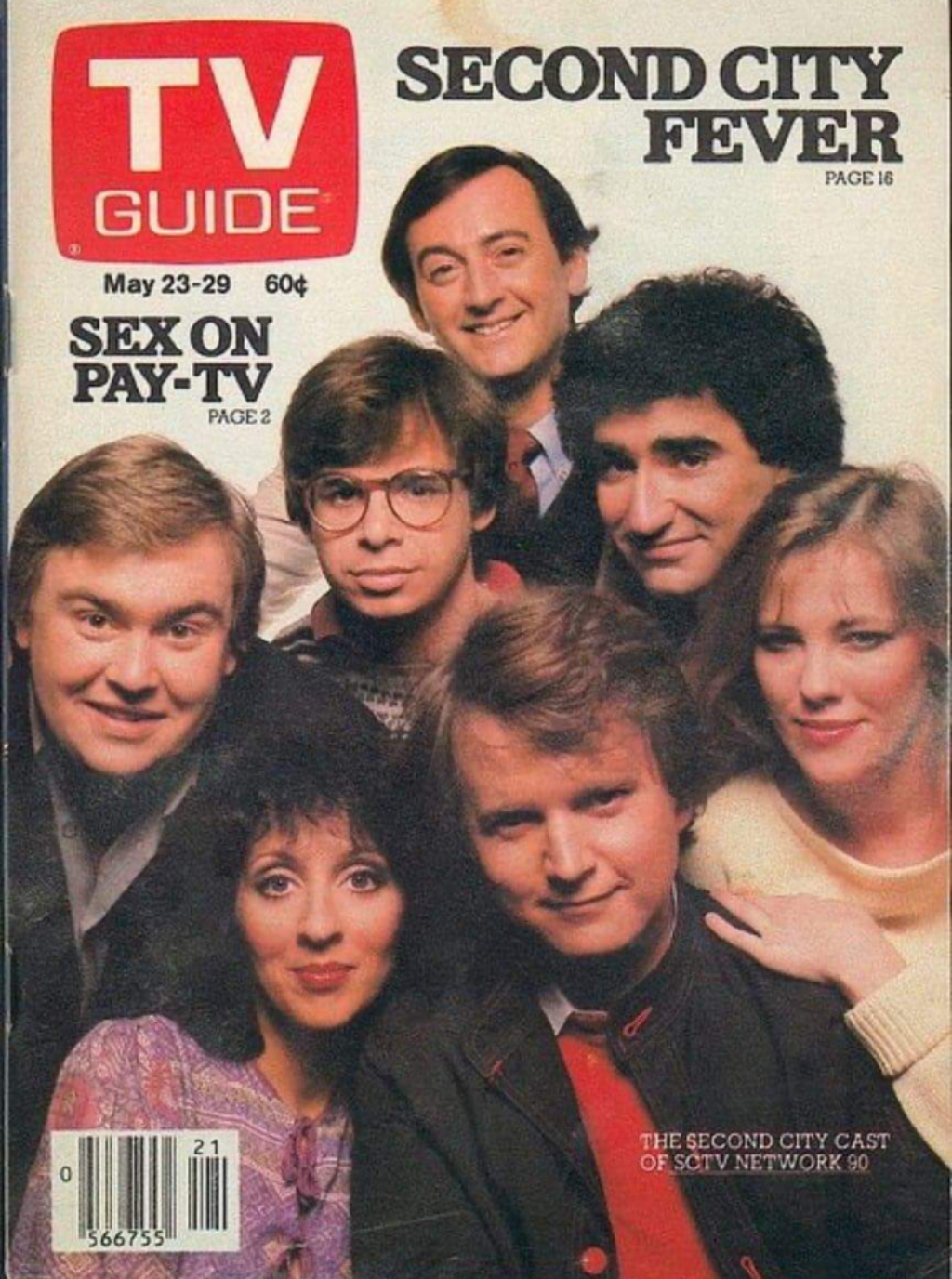
TV Guide. 1981.
There was just one snag: Philippe didn’t have the $25 million to buy TV Guide. He convinced Southam Press, which already owned the French-language TV Hebdo, to loan him the money.
“What would you say if I bought TV Guide and we paired the two publications? I’ll take care of selling ads with my radio stations.” His competitor loaned him the money for the deal.

Telemedia - publications. ca. 1980-1990.
To describe his management style, the journalist Charles Lazarus wrote:
In the 1980s, Telemedia owned the largest private radio network and became one of the top magazine publishers in Canada.

Telemedia - Radio stations. ca. 1980-1990.
A NEW BRAINWAVE: WIRELESS
In the early 1980s, Philippe de Gaspé Beaubien was still on the lookout for new challenges. He decided to dedicate his Friday afternoons to research and reflection.
Over the course of this research, he discovered that in the United States, a new cellphone technology was being developed, and he decided to import it to Canada.
It was a risky venture: at $2,500 dollars a pop, wireless phones cost a fortune and the networks still had to be built. In 1984, he partnered with Sam Belzberg of Vancouver and Ted Rogers in Toronto to found Cantel. In 1988, Ted Rogers bought his partners’ shares. The company would become Rogers Wireless. In less than five years, Philippe had made the largest profit of his entire career.
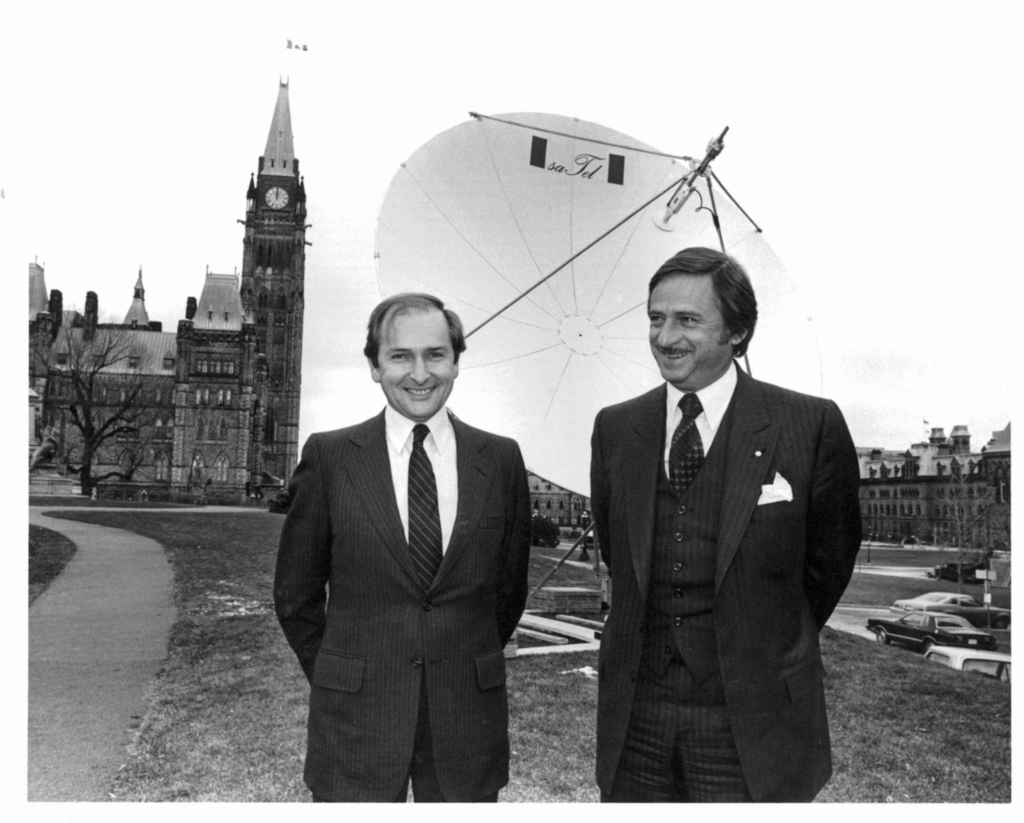
Cancom’s birth. 1981.
DIVIDING UP AN EMPIRE
In 2000, his empire comprised 26 radio stations across Canada (including CKAC and Cité Rock Détente), 17 magazines (including Elle Québec, Coup de pouce, TV Hebdo and Canadian Living, as well as Eating Well in the US) and 24 weekly papers.
In 2000, Telemedia sold its magazines to the Transcontinental group. “This is more than a $255-million deal between Astral and Telemedia; it marks a transition between two eras,” wrote Sophie Cousineau of La Presse. “The family is also selling its 17 radio stations in Quebec and the Maritimes, a prelude to the sale of stations in Ontario, Alberta and British Columbia.”

Philippe II de Gaspé Beaubien. ca. 1990.
PHILANTHROPY: A MISSION
In addition to generously contributing to the development of new technologies to preserve freshwater through the organization AquaAction, Philippe II and Nan-b are devoted to helping family businesses thrive. The Family Business Network (FBN), now paired with the Family Enterprise Foundation (FEF), is a world leader in the field. At Harvard Business School, a library devoted to research on family businesses has been named the De Gaspé Beaubien Reading Room.
In the case of the de Gaspé Beaubien family, these are not just words.

Inauguration of the De Gaspé Beaubien Reading Room at Harvard. 2004.

AquaAction - Ottawa River Summit. 2015.

Nan-b and Philippe, Board of Directors of the Fondation de Gaspé Beaubien. ca. 2010.

What is Philippe de Gaspé Beaubien II’s greatest asset? Without missing a beat, he replies, “My wife, Nan-b.” In life as in business, finding someone who complements us opens up a world of possibilities. Philippe and Nan-b share the most valuable lessons they’ve learned together.

